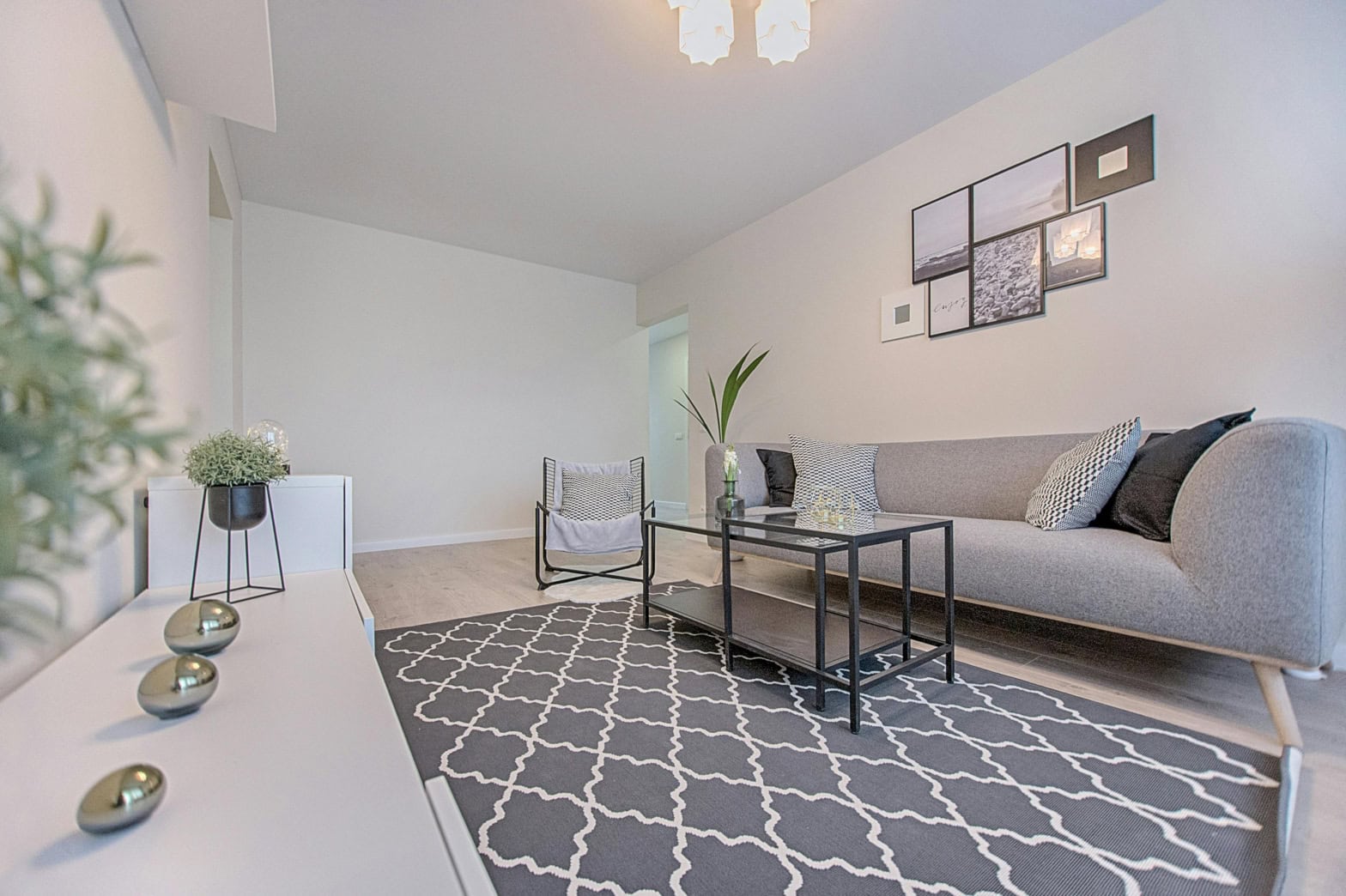While admittedly not the most exciting thing to think about, retirement planning is an important part of your personal finances. For many of us, owning a property makes up a significant portion of our overall net worth. However, it’s not always clear how to tap into that home equity and access that money. Enter: The home equity line of credit, also known as a HELOC.
What is a home equity line of credit (HELOC)?
You may have seen the term HELOC and wondered what it meant. A home equity line of credit is a line of credit secured by your property. It enables you to borrow money through a lower interest rate, compared to other types of loans. There are multiple pros and cons of a home equity line of credit.
How is a home equity line of credit (HELOC) used for retirement planning?
The key to successful retirement planning is ensuring you have enough income to sustain the lifestyle that you want and enough buffer to cover unforeseen events. A home equity line of credit helps you accomplish both of those things, but in order to have the biggest financial impact, needs to be done before you retire in order to be eligible.
Why does it matter when you get a HELOC? The reason for doing this before you retire has to do with your qualifying income, which dictates how much mortgage you can get. Typically, someone later in their working career will be earning far more than when they retire. Once you retire, your qualifying income will be solely based on pensionable earnings and potentially your net worth (depending on the mortgage lender). For that reason, you want to capitalize on your earnings while you are still employed, to maximize the HELOC limit you can get on your property in advance. Remember, you’re only charged interest on the home equity line of credit amount you draw, so there’s no cost in having as large a HELOC limit as possible.
An example of a home equity line of credit with a paid off property
To demonstrate this concept, let’s take a closer look.
Note: When you create a free Perch profile we’ll make it specific to your financial scenario, but the benefits outlined below will generally hold true regardless.
To start, let’s assume you have a $700,000 property that has no mortgage on it.
The maximum HELOC limit allowed on this property would be $455,000 (65% of the property value), which would require roughly $95,000 in gross household income. Note that if you had a mortgage, the combined amount of your mortgage and HELOC can go as high as 80% of your property value.
Assuming you qualify (which your mortgage advisor can help you assess), you would then get a HELOC in place and your rate would be around Prime+0.30% (which at the time this article was published is 5.00%). Your HELOC limit typically will stay constant and is not subject to you needing to requalify with your mortgage lender to keep it.
If I don’t need a home equity line of credit, should I still get one?
Why go through all the effort of getting a HELOC if you don’t need it? There’s an expression that goes something like “The irony about debt is that you can only get it when you don’t need it.” Most people who retire will do so for 20+ years, and there are a lot of things that may not go according to plan. Think of a home equity line of credit like your mega emergency fund. You may never need to tap into your HELOC, but you’ll be happy it’s there if an unforeseen expense comes up.
Is it actually worth getting a HELOC?
A lot of people wait to get a home equity line of credit until they absolutely need it. However, there are several downsides to this approach. If you don’t have enough money in retirement, there are generally two paths you can take.
Scenario 1:
In this example, we assume a best case scenario. The retired client recognized that they would run out of money within a few years, but is still earning an income. Assuming retirement income is usually around 60% of pre-retirement earnings, in our scenario earning $94,000 would translate to $56,400 in retirement earnings. They would qualify for a $267,000 HELOC instead of a $455,000 HELOC…almost half as much!
Scenario 2:
In this example, we assume the worst case scenario. The retired client burned through all of their home equity before realizing they would run out of money. They start accumulating credit card and personal debt to cover their day-to-day expenses. This is a worst case scenario, because their income would be minimal since they’re now funding their retirement on debt. With minimal income and high debt balances, they likely wouldn’t qualify for a mortgage at all.
What are the other alternatives to a HELOC in retirement?
If you run out of money in retirement and don’t have a home equity line of credit, you do have other options which typically come at a high cost. Using the same scenario we mentioned earlier, let’s assume you own a $700,000 property with no mortgage. Here are your options to access cash:
| Max capital | Rate | |
| Home equity line of credit (HELOC) | $455,000 | 5.00% |
| Reverse mortgage | $350,000 | 7.50% |
| Private mortgage | $595,000 | 13.00% |
| Sell property | $672,000 | 0%, but you would need to move out and start paying rent |
As you can see, a home equity line of credit is superior to most other loan options when you don’t qualify for a mortgage refinance in retirement.
How do I get a home equity line of credit (HELOC) in Canada?
As an existing homeowner:
Create a Perch profile and see what home equity is available. We’ll help you understand and plan for the right time to get a home equity line of credit and how to use it strategically. Typically, you can get a home equity line of credit by switching to a mortgage lender that offers one, either by breaking your mortgage early or waiting until your mortgage matures to switch with no penalties. Alternatively, you can get a HELOC from your existing mortgage lender if they offer it. In both scenarios you need to qualify.
As a home buyer:
Sign up to Perch and when you find the right property, our mortgage advisors will help you determine the value of a home equity line of credit based on your specific situation.
 Alex
Alex





